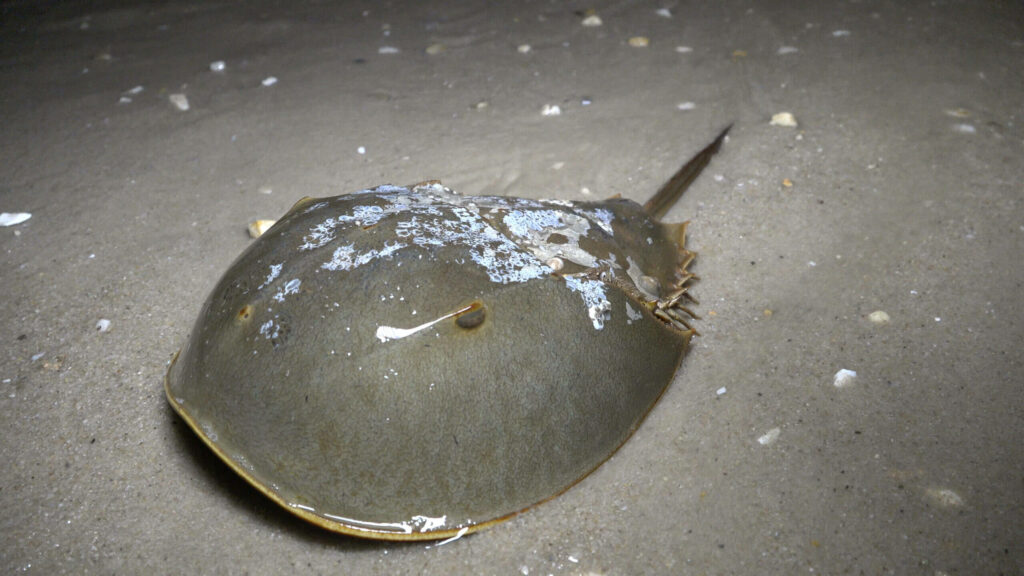
Horseshoe Crabs have been around for over 400 million years. There are 4 different species – 3 in Asia and 1 in North America, known as Limulus Polyphemus. They range from Florida to Maine in the United States, and also along the Yucatan Peninsula in Mexico. Horseshoe crabs are primarily used for biomedical purposes. Their blood is used to produce Limulus Amoebocyte Lysate (LAL), which is used for detecting endotoxins in medical devices and injectable devices. They are also a keystone species for shorebirds that use their eggs as a main food source during their migrations.
Featured Video
Horseshoe Crab Spawning Survey
May 21, 2025
Each spring, thousands of horseshoe crabs return to the shores of the Delaware Bay in New Jersey to spawn—a spectacular natural event that plays a vital role in the coastal ecosystem. NJDEP Fish & Wildlife Marine Resources Administration staff conduct annual surveys at night, tracking spawning activity and population sex ratios. This research helps guide management efforts to ensure a balanced approach to protecting horseshoe crabs and the wildlife that depend on them…. Learn More
Horseshoe crabs are currently managed under Addendum VII of the Atlantic States Marine Fisheries Commission (ASMFC) Fishery Management Plan for Horseshoe Crab. A 2019 stock assessment evaluated the status of several regional populations, including the Delaware Bay region. High harvest levels during the 1990s led to rapid population declines in the mid-Atlantic region. Management actions taken in 2004 and 2006 halted the population decline, and recent stock assessment results indicate the Delaware Bay population of horseshoe crabs appears to be recovering.


In 1990, the Delaware Bay Horseshoe Crab Spawning Survey was created by volunteers to gather data on the numbers of male and female horseshoe crabs spawning on Delaware Bay beaches. In 1998, ASMFC Horseshoe Crab Management Plan adopted the survey with the addition of statistical guidance from the United States Geological Service (USGS). The survey spans over 24 total New Jersey and Delaware beaches, and is performed during the period of peak spawning. During these nights, volunteers from different agencies walk the beaches using quadrats and randomized sampling numbers to count the number of males and females on the beach. New Jersey Fish and Wildlife is responsible for surveying Fortescue Beach, and the management of data for the full survey. Statistical analyses are performed by Delaware Division of Fish and Wildlife. The annual reports are all available on the survey’s website.
New Jersey Fish and Wildlife’s Designated Contact Person
Danielle Dyson, Fisheries Biologist
 Official Site of The State of New Jersey
Official Site of The State of New Jersey

